Saijo persimmon is indeed "the best one"
Scott F Smith
9 years ago
Featured Answer
Sort by:Oldest
Comments (73)
Scott F Smith
9 years agofruitnut Z7 4500ft SW TX
9 years agoRelated Professionals
White Oak Landscape Architects & Landscape Designers · Frisco Landscape Contractors · McKinney Landscape Contractors · Aberdeen Landscape Contractors · Barrington Landscape Contractors · Dickinson Landscape Contractors · Dinuba Landscape Contractors · Hoffman Estates Landscape Contractors · Metairie Landscape Contractors · Munster Landscape Contractors · Riverhead Landscape Contractors · Roswell Landscape Contractors · Shaker Heights Landscape Contractors · West Covina Landscape Contractors · Westchester Landscape ContractorsHermitian
9 years agoScott F Smith
9 years agoMonyet
9 years agoshane11
8 years agoTony
8 years agoshane11
8 years agoTony
8 years agoindicente
8 years agoCharlie
8 years agoshane11
8 years agoTony
8 years agoshane11
8 years agocousinfloyd
8 years agocousinfloyd
8 years agoshane11
8 years agoTony
8 years agolast modified: 8 years agoshane11
8 years agoSabji garden (7b), Raleigh NC
8 years agolast modified: 8 years agoshane11
8 years agocreekweb
8 years agoshane11
8 years agocreekweb
8 years agocousinfloyd
8 years agocreekweb
8 years agoshane11
8 years agocousinfloyd
8 years agocreekweb
8 years agoTony
8 years agolast modified: 8 years agoTony
8 years agolast modified: 8 years agoindicente
8 years agoindicente
8 years agoTony
8 years agolast modified: 8 years agoindicente
8 years agoTony
8 years agolast modified: 8 years agoindicente
8 years agoindicente
8 years agogreenmum
6 years agoshane11
6 years agoTony
6 years agocousinfloyd
6 years agolast modified: 6 years agojianhuayegreentree
5 years agojianhuayegreentree
5 years agocousinfloyd
5 years agorphcfb14
5 years agoTony
5 years agojianhuayegreentree
5 years agojianhuayegreentree
5 years agolast modified: 5 years ago
Related Stories

FRUIT TREESHow to Grow Your Own Persimmons
Sturdy and easy to care for, these trees offer bright fruit through winter — and keeping them in bounds is no sweat
Full Story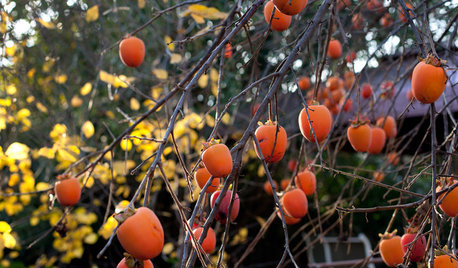
EDIBLE GARDENSGreat Design Plant: Persimmon
Combining beautiful fruit, vivid fall leaves and low maintenance, this tree is a winner in the garden
Full Story
EDIBLE GARDENSSummer Crops: How to Grow Tomatoes
Plant tomato seedlings in spring for one of the best tastes of summer, fresh from your backyard
Full Story
COLORHow to Use Marsala, Pantone’s 2015 Color of the Year
Pantone digs deep and goes earthy with its selection. Here are ways to make it work in your home
Full Story
DECORATING GUIDESMove Over, Neutral Sofa — Here Comes Color
Sometimes it makes sense to ignore the conventional wisdom about furniture and make a bold, colorful statement
Full Story
COLORDecorate With Intention: Picking Colors That Flatter
If room colors based on your skin and hair tones could speak, they'd say, 'You look gorgeous'
Full Story
COLOROpposites Attract: Complementary Color Combos
Use the power couples of the color wheel — blue and orange, purple and yellow, red and green — to spice up any decor scheme
Full Story
FALL GARDENING11 Trees for Brilliant Fall Color
Give your landscape the quintessential look of autumn with the red, orange and yellow leaves of these standouts
Full Story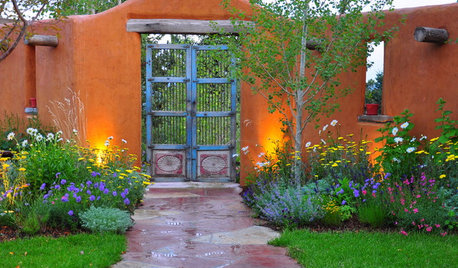
GARDENING AND LANDSCAPINGHow to Pick a Nice Wall for Your Garden Room
Made by hand, prefab or growing from the ground, garden walls are key landscaping elements. Here's what to think about for your yard
Full Story
HOUZZ TVHouzz TV: Reinvigorating a Gable Eichler for a Family
Its classic open atrium remains, but updates help this California home meet today’s codes and quality standards
Full StoryMore Discussions






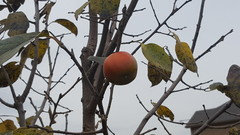





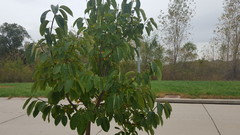
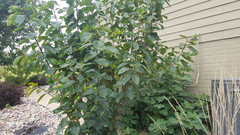
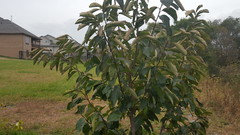

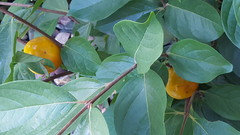








Tony